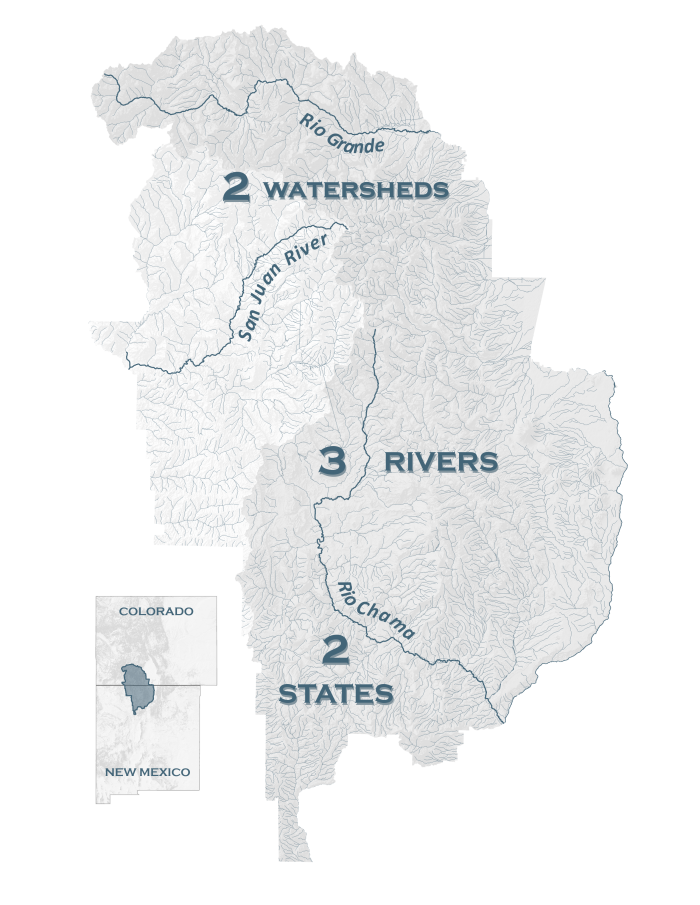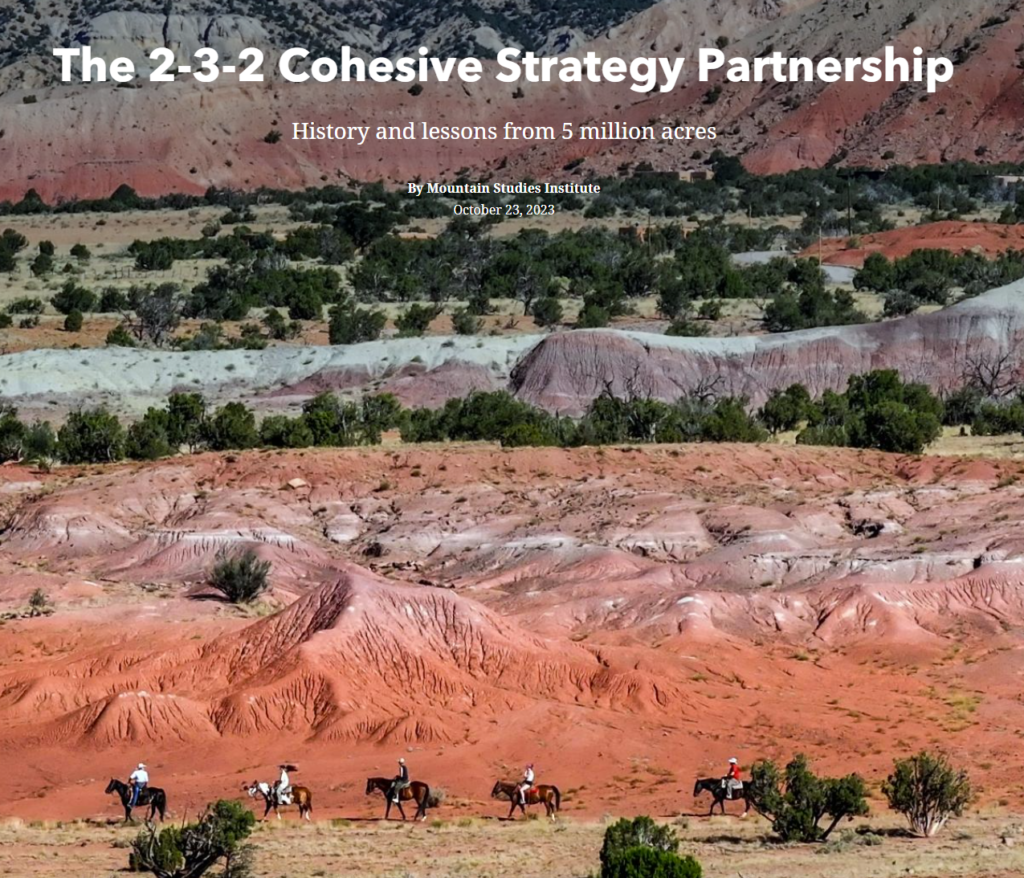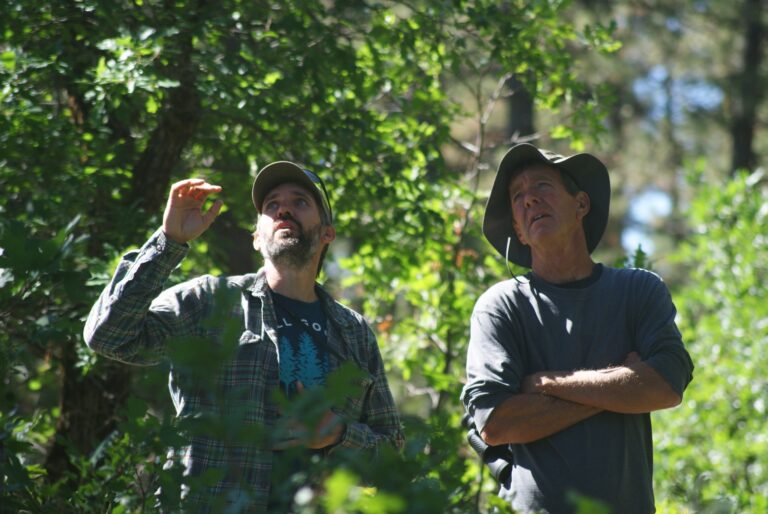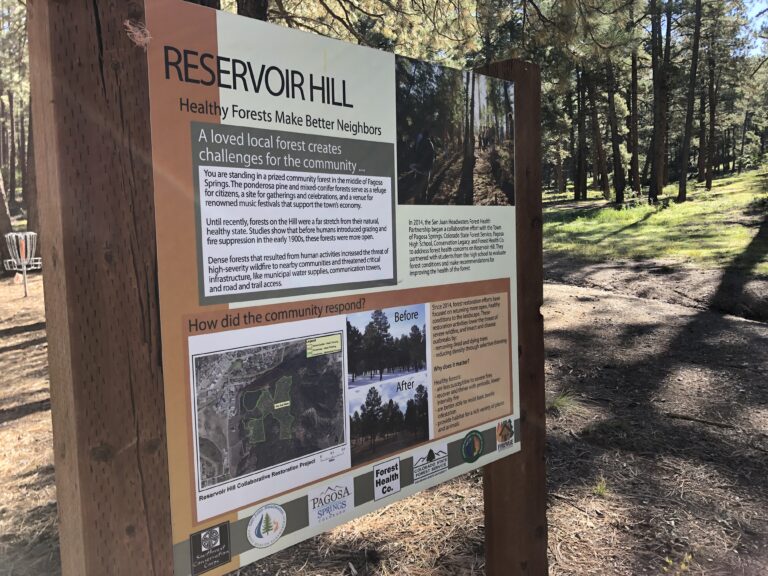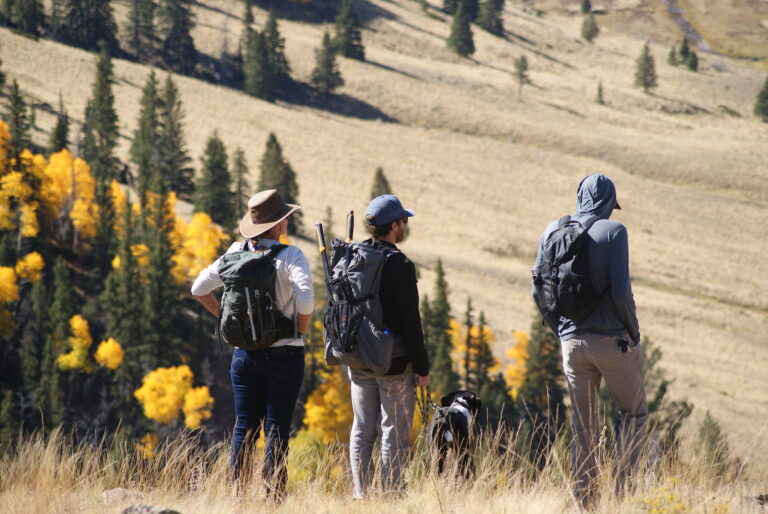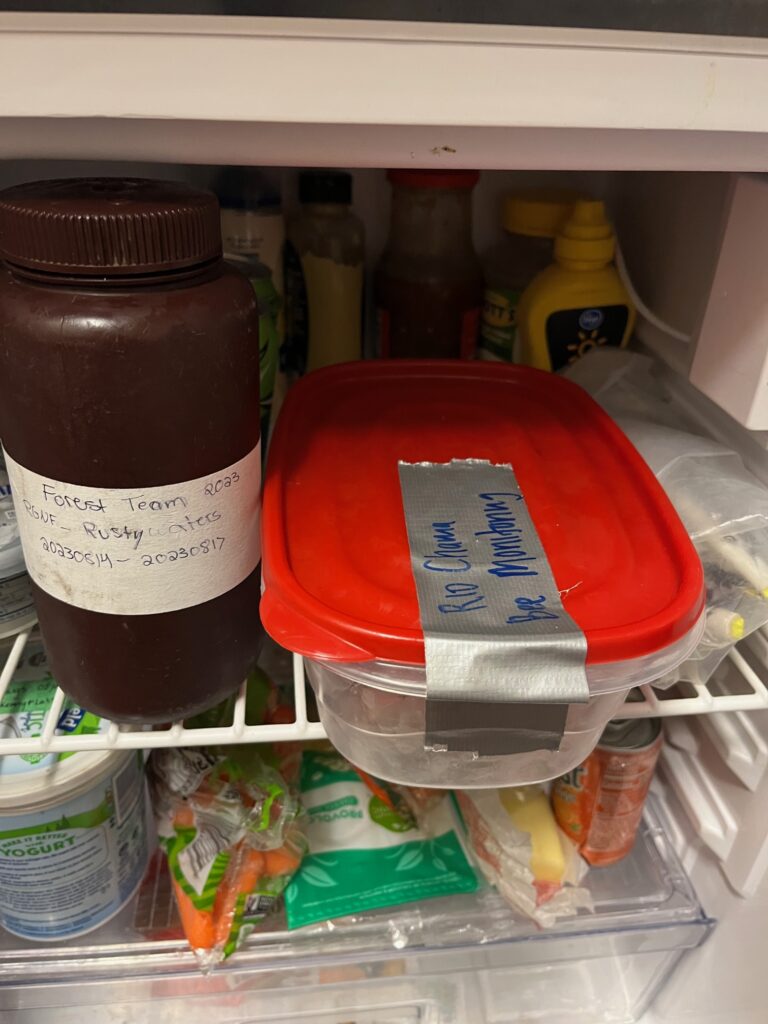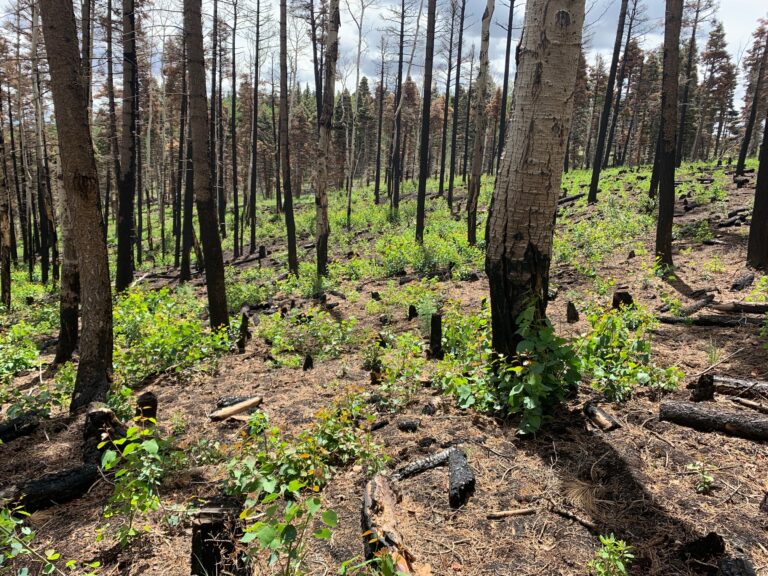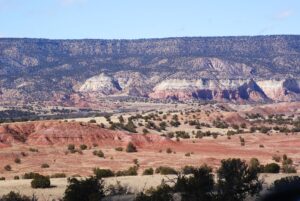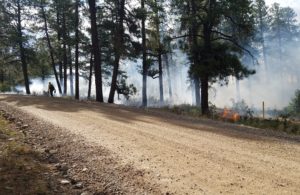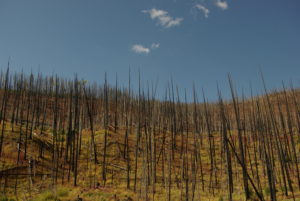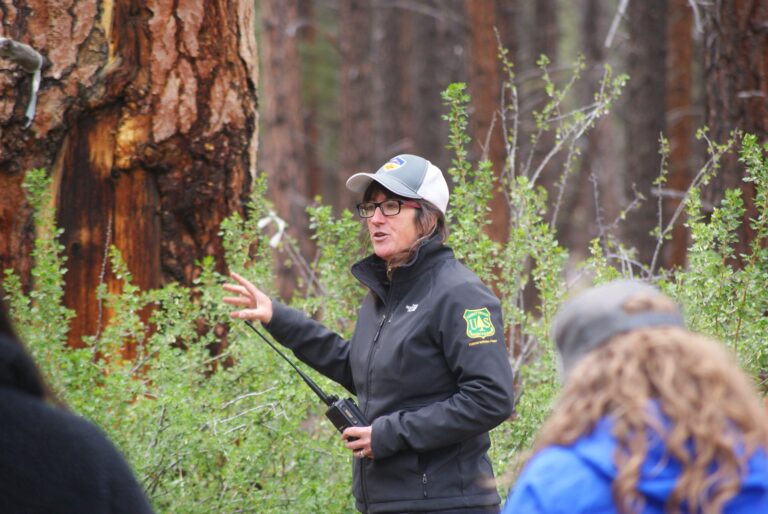
Fire and Free Will
According to a preeminent voice on free will, Robert Sapolsky, we humans used to attribute the weather, especially bad weather, to witches. We assumed that the natural forces we experienced were completely within human control and therefore needed to be blamed on somebody when they didn’t align with our desires. Thankfully, we no longer think

